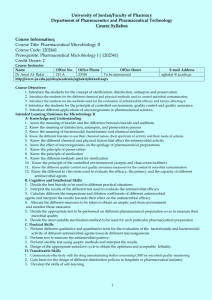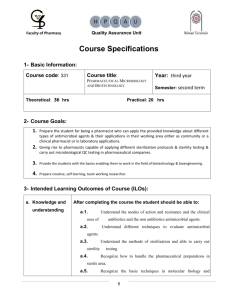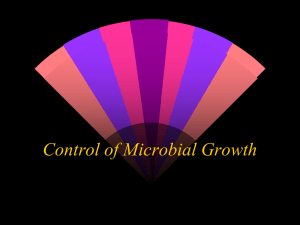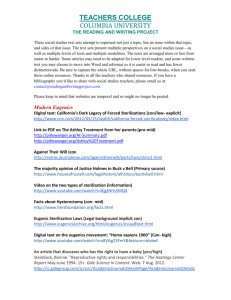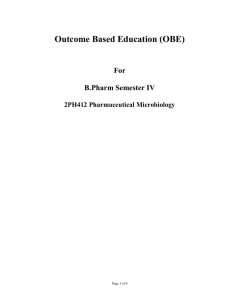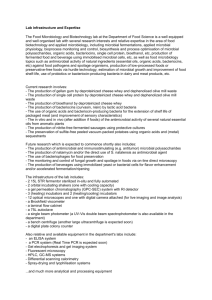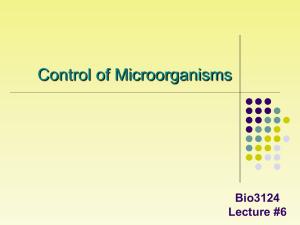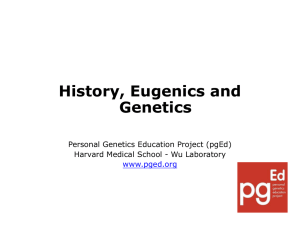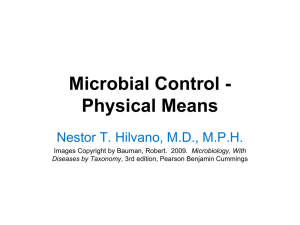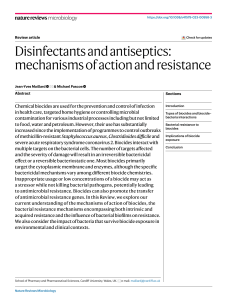Course outline-Pharmaceutical microbiology 2-
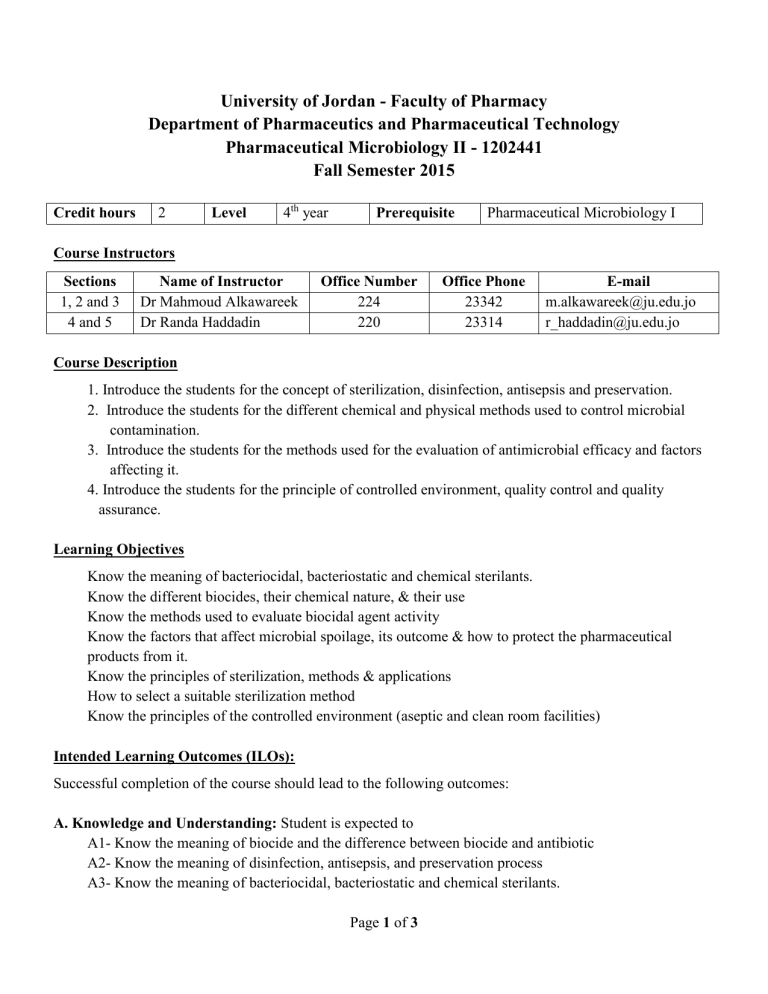
University of Jordan - Faculty of Pharmacy
Department of Pharmaceutics and Pharmaceutical Technology
Pharmaceutical Microbiology II - 1202441
Fall Semester 2015
Credit hours 2
Course Instructors
Level 4 th
year Prerequisite Pharmaceutical Microbiology I
Sections Name of Instructor
1, 2 and 3 Dr Mahmoud Alkawareek
4 and 5 Dr Randa Haddadin
Course Description
Office Number
224
220
Office Phone
23342
23314
E-mail m.alkawareek@ju.edu.jo r_haddadin@ju.edu.jo
1. Introduce the students for the concept of sterilization, disinfection, antisepsis and preservation.
2. Introduce the students for the different chemical and physical methods used to control microbial contamination.
3. Introduce the students for the methods used for the evaluation of antimicrobial efficacy and factors affecting it.
4. Introduce the students for the principle of controlled environment, quality control and quality assurance.
Learning Objectives
Know the meaning of bacteriocidal, bacteriostatic and chemical sterilants.
Know the different biocides, their chemical nature, & their use
Know the methods used to evaluate biocidal agent activity
Know the factors that affect microbial spoilage, its outcome & how to protect the pharmaceutical products from it.
Know the principles of sterilization, methods & applications
How to select a suitable sterilization method
Know the principles of the controlled environment (aseptic and clean room facilities)
Intended Learning Outcomes (ILOs):
Successful completion of the course should lead to the following outcomes:
A. Knowledge and Understanding: Student is expected to
A1- Know the meaning of biocide and the difference between biocide and antibiotic
A2- Know the meaning of disinfection, antisepsis, and preservation process
A3- Know the meaning of bacteriocidal, bacteriostatic and chemical sterilants.
Page 1 of 3
A4- Know the different biocides in use, their chemical nature, their spectrum of activity and their mode of actions.
A5- Know the different chemical and physical factors that affect the antimicrobial activity
A6- Know the effect of microorganisms on the spoilage of pharmaceutical preparations
A7- Know the principle of preservation
A8- Know the principle of sterilization
A9-Know the different methods used for sterilization
A10-Know the principle of the controlled environment (aseptic and clean room facilities)
A11-Know the different quality control and quality assurance measures for the control of microbial contamination
A12- Know the different in vitro tests used to evaluate the efficacy, the potency and the capacity of different biocides
A13- Know the different sterile products available in the markets
B. Intellectual, Analytical and Cognitive Skills: Student is expected to
B1- Decide the best biocide to be used in different practical situations
B2- Interpret the results of the different tests used to evaluate the antimicrobial efficacy
B3- Calculate the temperature and dilution coefficients of different antimicrobial agents and interpret the results towards their effect on the antimicrobial efficacy
B4- Allocate the different measures to be taken to obtain an aseptic and clean environment and monitor those measures
B5- Decide the appropriate test to be performed on different pharmaceutical preparation so as to measure their microbial quality
B6- Decide the appropriate sterilization procedure for certain object
B7-Calculate the appropriate time/temp schedule for an autoclaving process to produce specific quality assurance
C. Subject-Specific Skills: Student is expected to
C1- Decide the suitable biocide to be used for certain situation or product
C2- Design a suitable testing method to evaluate a biocidal agent
C3- Design a suitable drug formulation & or packaging material for drug products
C4-Design an aseptic or clean area in manufacturing plant
C5- Select suitable sterilization process for specific object
D. Transferable Key Skills: Students is expected to
D1- Communicate effectively with the drug manufacturing bodies concerning GMP for microbial quality monitoring & aseptic manufacturing
D2- Gain basis for the design of different disinfection policies in hospitals or pharmaceutical industry
D3- Develop the skills of self-learning
Page 2 of 3
Course Contents
Topic
Ch19: Chemical Disinfectants,
Antiseptics and Preservatives
Ch20: Non-antibiotic Antimicrobial
Agents: Mode of Action and
Resistance
Ch18: Laboratory Evaluation of
Antimicrobial Agents
4
Week
1, 2, 3
Main ILO/s
Know the different biocides in use, their chemical nature & spectrum of activity
Mode of action of biocides
5, 6, 7
Ch17: Microbial Spoilage, Infection
Risk and Contamination Control
Ch21: Sterilization Procedures and
Sterility Assurance
Ch22: Sterile Pharmaceutical Products 14
8, 9, 10 Know the different measures for the control of microbial contamination
11, 12, 13 Know the principles of sterilization & the different methods used for sterilization
Ch23: Principles of Good
Manufacturing Practice
15
To know the available sterile products in markets & decide the most suitable method for sterilization
Allocate the different measures to be taken to obtain an aseptic and clean environment and monitor these measures
Evaluation
Know the different in vitro tests used to evaluate the efficacy, the potency and the capacity of different biocides
Evaluation
Midterm Exam
Quiz
40%
10%
Points
To be announced
Date
Sections 1, 2 and 3: Tue 8/12/2015
Sections 4 and 5: Wed 9/12/2015
To be announced Final Exam
Textbook:
50%
Denyer, S. P., N. A. Hodges, S. P. Gorman, and B. F. Gilmore. H ugo and Russell's Pharmaceutical
Microbiology . 8th ed. Chichester, UK: Wiley-Blackwell, 2011.
Page 3 of 3
